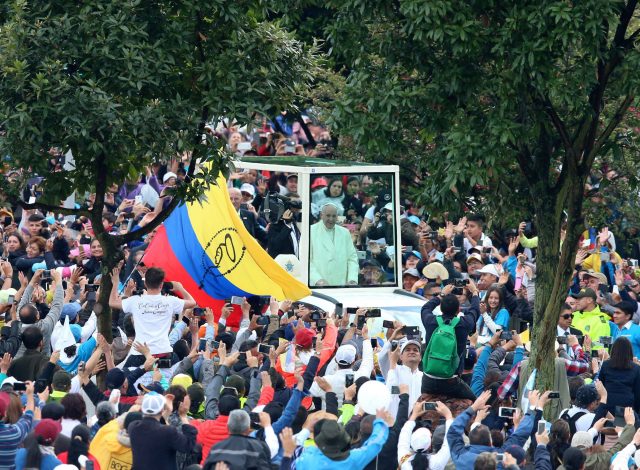Pope Francis makes his own "diplomacy" with gestures that are perhaps surprising and entirely his own. No diplomat would ever have thought of inviting his main political opponent on the same day, when the official audience with a Head of State was already scheduled.
This is what happened on December 16, 2016, when the Pope received on the same morning the President of Colombia. Juan Manuel Santos and Alvaro Uribe, the opposition leader who won the popular referendum rejecting the agreement between the Colombian government and the FARC guerrillas.
Francis had said that, in case of victory of the agreement that puts an end to more than half a century of civil war, he was willing to travel to Colombia and to be present on the date of peace. The surprising result of the referendum of October 2, which by a low percentage said "no" to the agreement, had had the result of postponing (some say canceling) the trip.
But the dialogue begun between Santos and Uribe was the occasion for the president to ask the Pope not to cancel the visit. That is why Francis, with an unprecedented and surprising decision of "pastoral diplomacy", summoned Uribe to the Vatican on the same day as Santos and, after two separate audiences, the three -the Pope, the president and his opponent- met for dialogue.
In this difficult, but new climate on the long-suffering road to reconciliation and forgiveness, the trip to Colombia has once again become possible. And it seems that work is now beginning in this direction. It is early for official announcements, but the Latin American country has resumed its presence among the probable trips in 2017.








